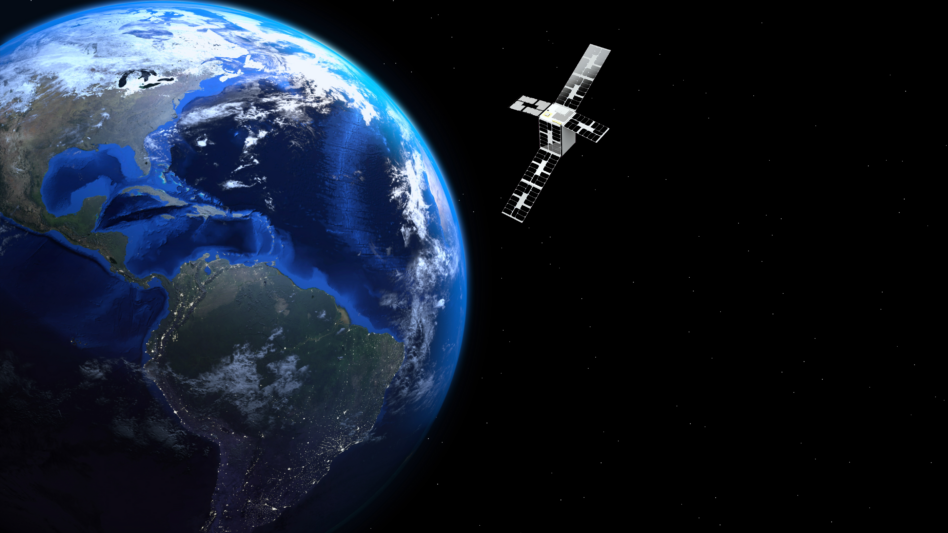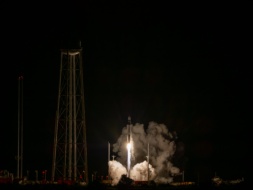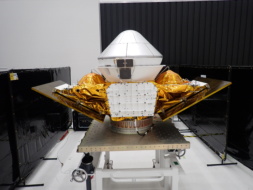In case it wasn’t already obvious through Payload’s extensive coverage, 2023 was a banner year for the satellite industry.
The global space economy generated $400B of revenue last year, $285B of which ended up in the balance sheets of commercial satellite companies, according to the Satellite Industry Association’s State of the Satellite Industry Report.
Up and to the right: For the sixth year in a row, companies deployed a record number of birds in orbit. Of the 9,691 active satellites at the end of 2023, 2,781—more than a quarter—were launched that year.
The rising number of sats in space led to unprecedented revenues for nearly every supporting sector of the industry:
- Manufacturing revenues increased almost 9% to $17.2B on the heels of innovations that improved capabilities and drove down costs.
- Launch services increased their revenue 2%, generating $7.2B through 190 successful commercial launches, 98 of which were performed by SpaceX.
- Satellite services were dragged down by declining satellite TV subscribers and reported a 3% dip with revenue of $110.2B despite a strong uptick in broadband sales.
- The satellite ground segment–both GNSS and network equipment–continued to be the largest revenue generator, bringing in 4% more than last year at $150.4B
- Sustainability activities made a bigger mark than in previous years, accumulating $300M in revenue, compared to $250M the year before.
While the satellite industry gathered momentum on a global scale, the US remained the dominant player. US firms manufactured 85% of the commercial satellites launched in 2023, and took in 54% of global commercial launch revenues.
Tomorrowland: Halfway through 2024, the satellite industry shows little sign of slowing its roll.
The number of launch attempts this year in Q1 has already surpassed the number of attempts during the same time period in previous years, and technological advances continue to provide the satellite industry with new revenue streams while decreasing costs and removing barriers of entry to space.
“Faster and lower-cost broadband services, enhanced remote sensing capabilities, direct to device communication, and a growing number of space sustainability activities are just some of the new services that continue to broaden an expanding satellite business,” said SIA president Tom Stroup.




